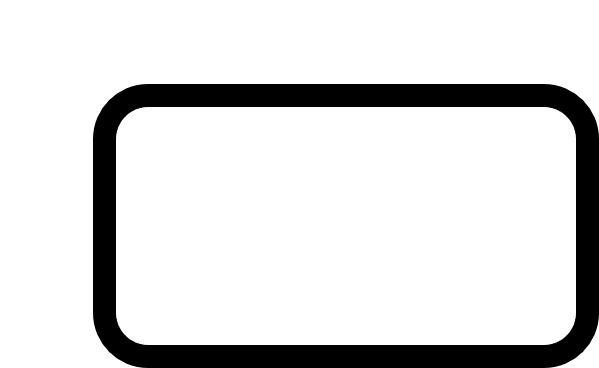Continued Fraction
Definition
A fraction of the form as shown below is called a continued fraction.
$$ a_{0} + \dfrac{1}{a_{1} + \dfrac{1}{a_{2} + \dfrac{1}{a_{3} + \dfrac{1}{\ddots + \dfrac{1}{a_{n}}}}}} \tag{1} $$
Explanation1 2
$(1)$ is denoted as $[a_{1}, a_{2}, \dots, a_{n}]$.
Naturally, one can also consider taking the limit of it. For example, let’s consider a sequence with the recurrence relation given by $a_{n+1} = 1 + \dfrac{1}{1 + a_{n}}$ and $a_{1} = 1$. Then, the following holds: $$ a_{n} = 1 + \dfrac{1}{2 + \dfrac{1}{2 + \dfrac{1}{\ddots 2 + \dfrac{1}{1 + a_{1}}}}} $$
Since the limit of $a_{n}$ is $\sqrt{2}$, $\sqrt{2}$ can be written as $[1, 2, 2, 2, \dots]$.
$$ \sqrt{2} = 1 + \dfrac{1}{2 + \dfrac{1}{2 + \dfrac{1}{2 + \ddots}}} \tag{2} $$
The same form as the right-hand side of $(2)$ is called the continued fraction expansion of $\sqrt{2}$.
James Stewart, Daniel Clegg, and Saleem Watson, Calculus (early transcendentals, 9E), p737-738 ↩︎
